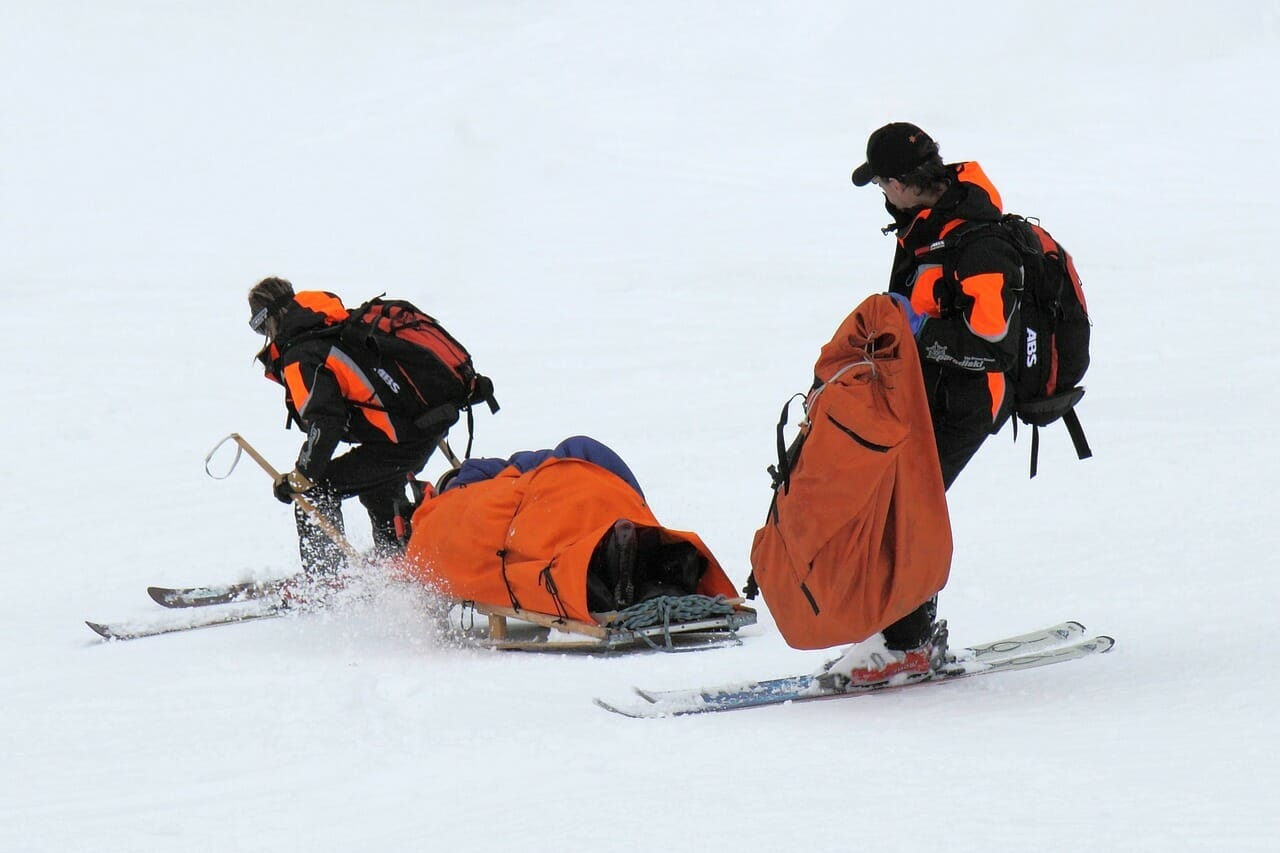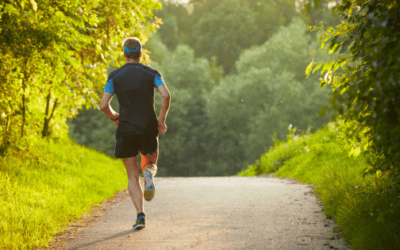So as the ski season drawers to an end we are seeing more and more skiing injuries come into our physiotherapy and sport injury clinics in Basingstoke, Havant and Rowlands Castle in Hampshire.
What types of knee injuries can occur as a result of skiing?
43% of all injuries on the slopes were due to a knee injury last year.
The most common knee injuries are:
- Anterior Cruciate Ligament (ACL) tear or sprain
- Medial Collateral Ligament (MCL) tear or sprain
- Meniscal (cartilage) tears
- Patello-femoral pain (pain around knee cap at front of the knee)
- Calf muscle tear (gastrocnemius – large muscle cross the back of the knee)
You are likely to experience immediate knee pain, swelling and sometimes you will remember a loud popping or cracking sound.
“Natalie did an excellent job of rehabilitating my knee. She was very professional and very effective” Mr. B
If you are unable to put weight on your knee then you should get an x-ray to rule out any bone damage. If your x-ray is normal then you should apply ice to your knee to get the swelling down as soon as possible and take pain relief. Also wearing a compression bandage will help to reduce the swelling too.
If your knee feels unstable then the next step is to have a full physiotherapy assessment to assess for any ligament damage. If your physio feels you have torn your ligament then they will refer you onto a knee specialist for an MRI scan. If you have a mild ligament sprain or patello-femoral pain then this can be treated with physiotherapy and rehabilitation exercises.
It is really important to work with a physiotherapist to reduce swelling as soon as possible and regain full knee movement and strength. If you do need surgery to reconstruct your ACL then having full movement and being as strong as possible prior to surgery is key.
We have good links with local knee consultants so if we feel a referral on is recommended then we will provide you with details.
To make an appointment please book online, email: enquiries@physio-logical.net or call 023 9435 0270
In order to reduce the chance of getting injured next season please see our injury prevention blogs for skiing part 1 and part 2




